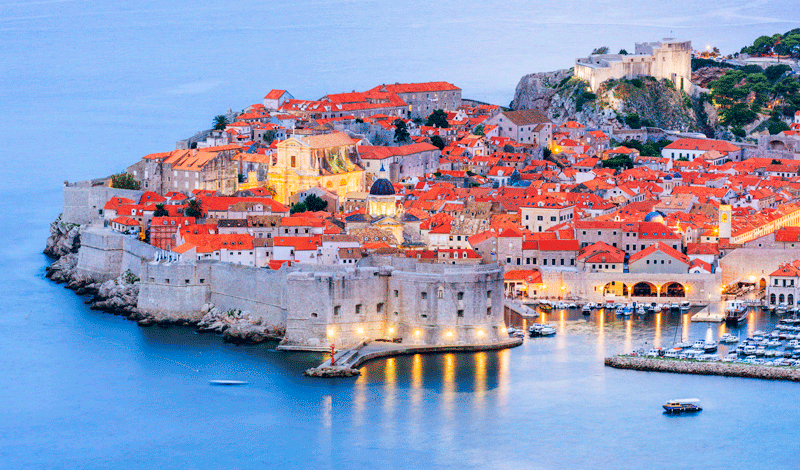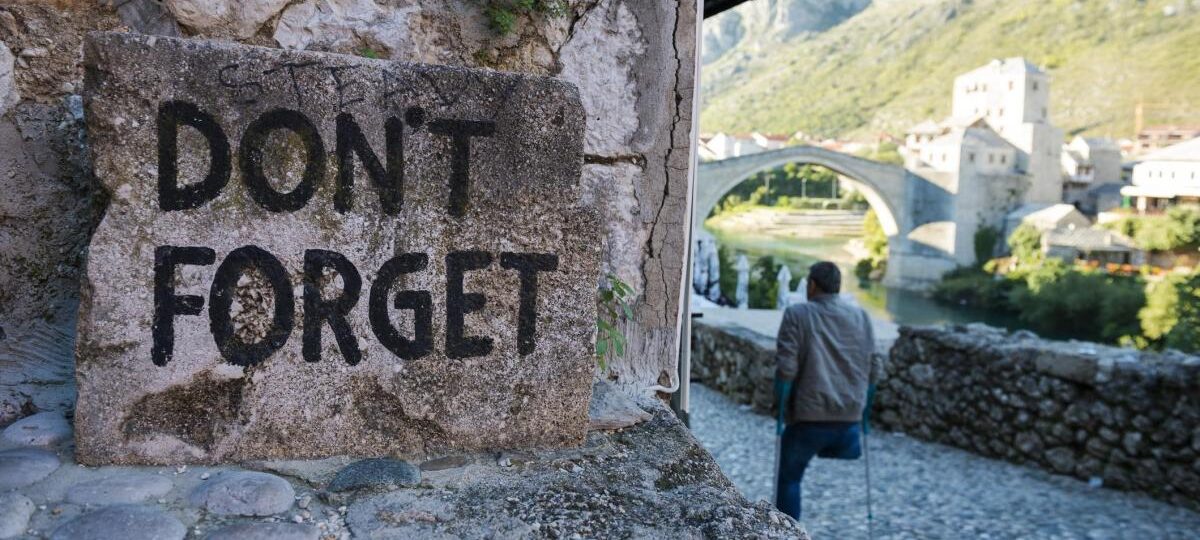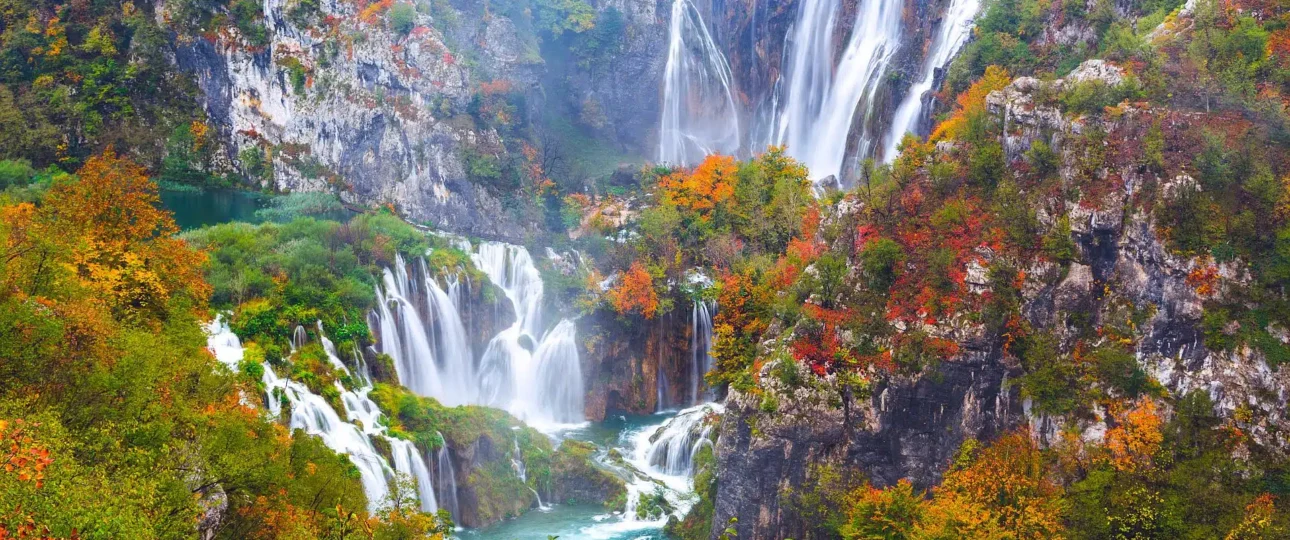Explore Dubrovnik, Croatia’s Pearl of the Adriatic. Discover its historic Old Town, stunning beaches, Game of Thrones filming locations, and rich Mediterranean culture.
Discover Dubrovnik: The Pearl of the Adriatic


Explore Dubrovnik, Croatia’s Pearl of the Adriatic. Discover its historic Old Town, stunning beaches, Game of Thrones filming locations, and rich Mediterranean culture.

Plan your perfect Croatia vacation with our Rovinj travel guide—explore Istria’s coastal beauty, historic Old Town, nearby attractions like Pula and Lim Bay, and top things to do in Rovinj.

9 May 1993 in Mostar: From Division to Reconciliation | Remembering and Moving Forward

Discover the natural beauty of Plitvička Jezera National Park in Croatia, home to stunning waterfalls, turquoise lakes, and lush forests. A must-visit destination for nature lovers and adventure seekers.

Discover why May 6 is celebrated as National Tourist Appreciation Day and how businesses and destinations can honor tourists for their impact on local communities and economies.